Zen and the Art of Wildflower Hunting 3
Field Notes III.XXVIII: Backpacking and photographing wildflowers in the Great Smoky Mountains in June, part 3 of 4
Welcome to Field Notes!
* Where images appear in square gallery format, try clicking each photo to see the non-cropped version
Get caught up here- Part 1, Part 2
It is time to discuss The Way. Contemporary usage of the term The Way of this or The Way of that has become a platitude. It is essentially a slightly more exotic characterization of an interest or a hobby.
Perhaps the term The Way has become lost in translation from its original Japanese conception, designated by the suffix ~do. In Japanese culture many pursuits have a refined process for mastery. Each of these undertakings is given a status as ‘The Way’ by this suffix. So, there is Kendo (The Way of the Sword), Sado (The Way of Tea), Shodo (The Way of Calligraphy), and many, many more.
As The Way, an activity transcends skill building or even mastery of the chosen pursuit. The Way is about finding fulfillment in the process. It implies both awareness of finer details and of the greater contexts. The Way means to build mindful presence and character through the activities of a chosen avocation.
All of this seems to echo what the Stoic philosopher Epictetus stated so succinctly 2000 years ago-
First say to yourself what you would be; and then do what you have to do.
-Epictetus
The turn-around time from my last overnight trip to the Great Smoky Mountains National Park is short, only four days. In that time I examine the photos I took and try to learn from my mistakes. There are always mistakes. The advantage now is that the lessons are fresh in mind for this next wildflower hunt.
The destination is a different mountain bald in a different section of the park. However, if my research is accurate I should find similar flame azaleas to those I found on the last outing, possibly some blooming catawba rhododendron, and more incredible views.
This trip has logistical difficulty. There is no way I can reach the bald in time for good morning light. The first part of the hike is a short two miles, so I plan to arrive at mid day and wait for evening light. But then, there is still a three mile hike to the closest backcountry campsite I could reserve. Can I hike that after sunset in the dark? Can I hike the three miles back uphill the next morning in time for sunrise? I’m about to find out. This is The Way.
A leisurely pace in the morning has me heading out at 08:30. It’s 11:45 on a Monday morning when I arrive at the parking lot to find it jammed full. People meander everywhere on sidewalks, between cars, and in the road. I did not expect this. Most of them are heading up the short easy walk to the tower on Kuwohi. Even so, this is a Monday!
Like a hungry vulture, I circle the parking lot and swoop in at the first vacant spot that arises. The air here at 6000 ft of elevation is delightfully cool. The view from the parking lot is already stunning. The weather forecast was disappointing, calling for clear skies. These Appalachian peaks can create their own weather, though, and the blue above is now graced by broken puffy clouds.
My trail leads away from most of the crowds. An easy gradual descent leads through primeval evergreen forest cushioned by moss. Small clover and blackberry blooms decorate the edge of the path. Then I see them. The first catawba rhododendron blooms, distinguished from the more common rosebays by their unique magenta color. They are blooming up high where they can reach the light, and I stand transfixed.
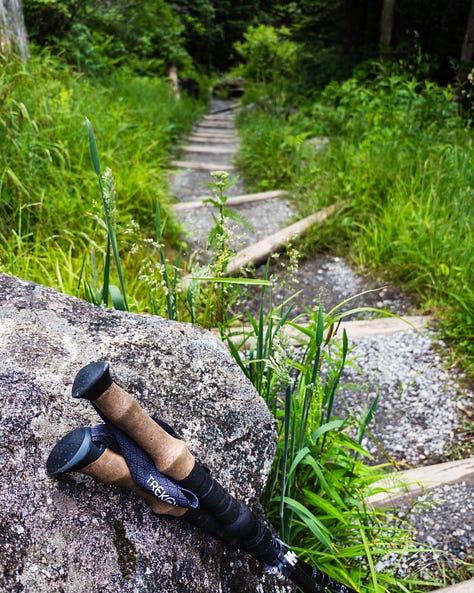



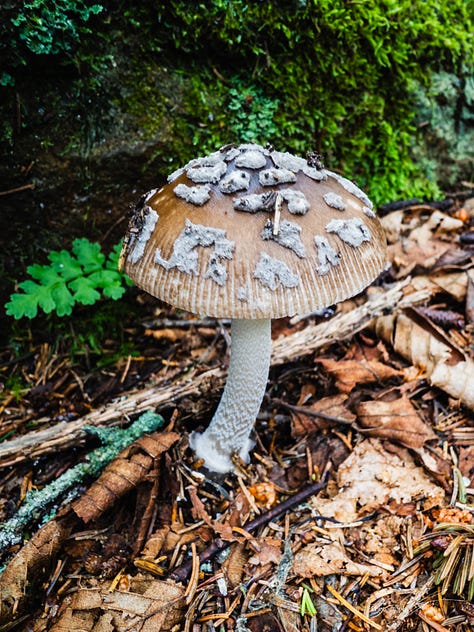

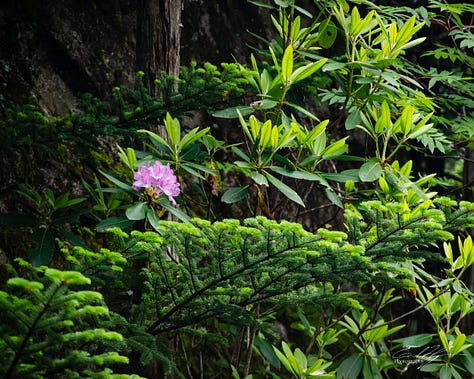
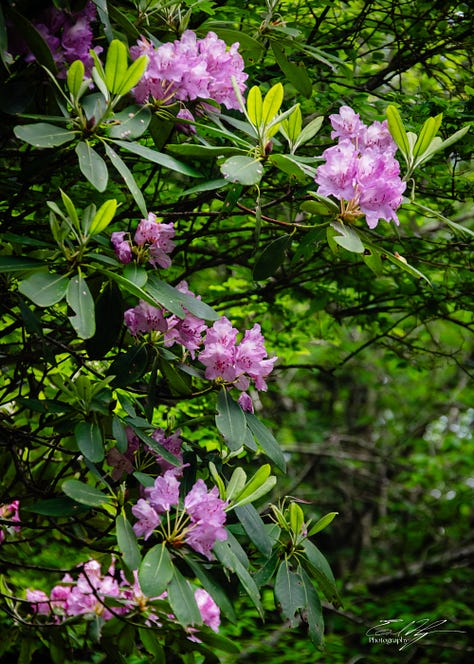

Other hikers pass by and this is to be expected. It is a very popular area for day hiking. As the afternoon unfolds, the majority of them are headed back to the parking lot.
The forest suddenly opens and spills the trail out onto a grassy bald speckled by shrubs and bushes. Brilliant flame azalea grow scattered across the area. In places their colors erupt adjacent to the catawbas presenting a vivid display of hues.

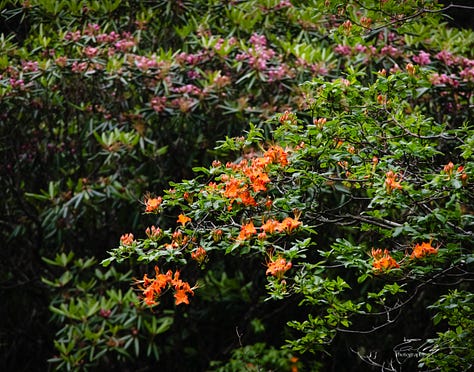

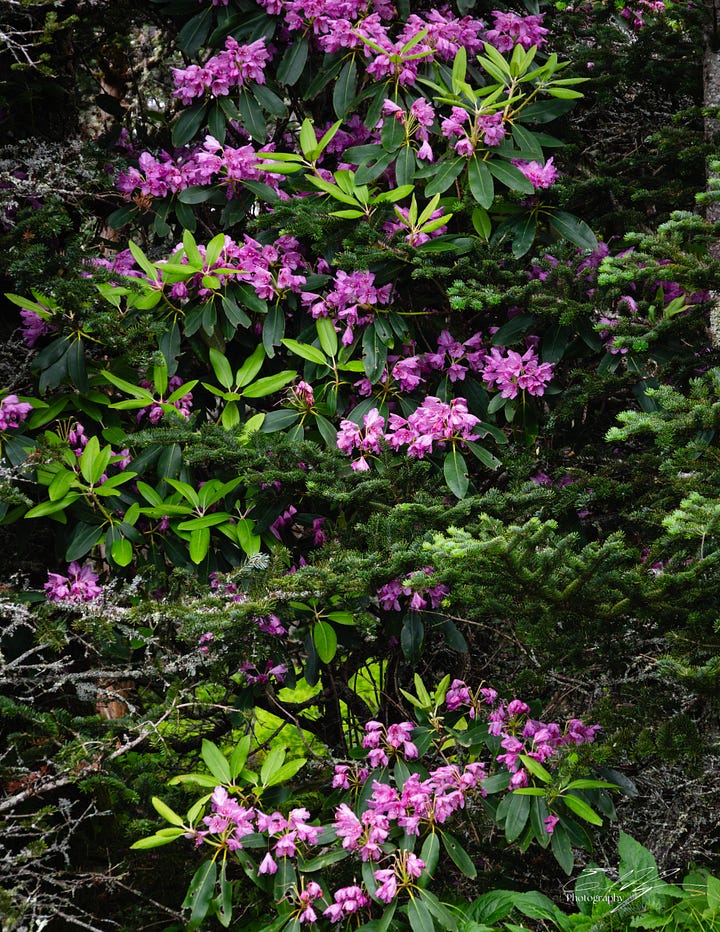
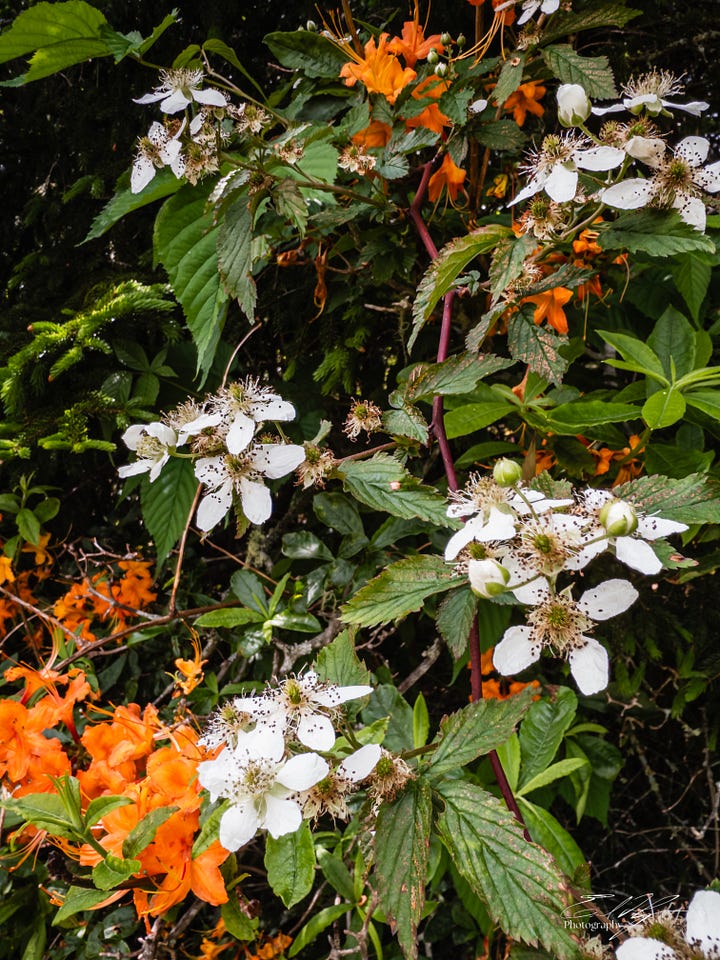
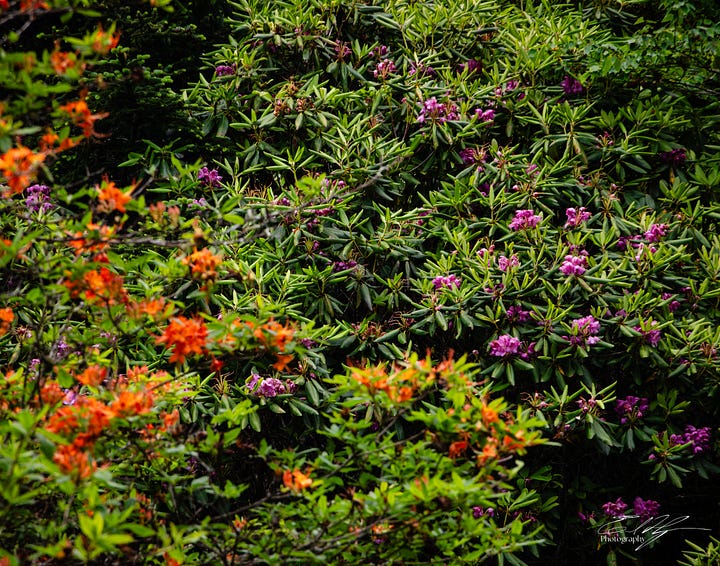
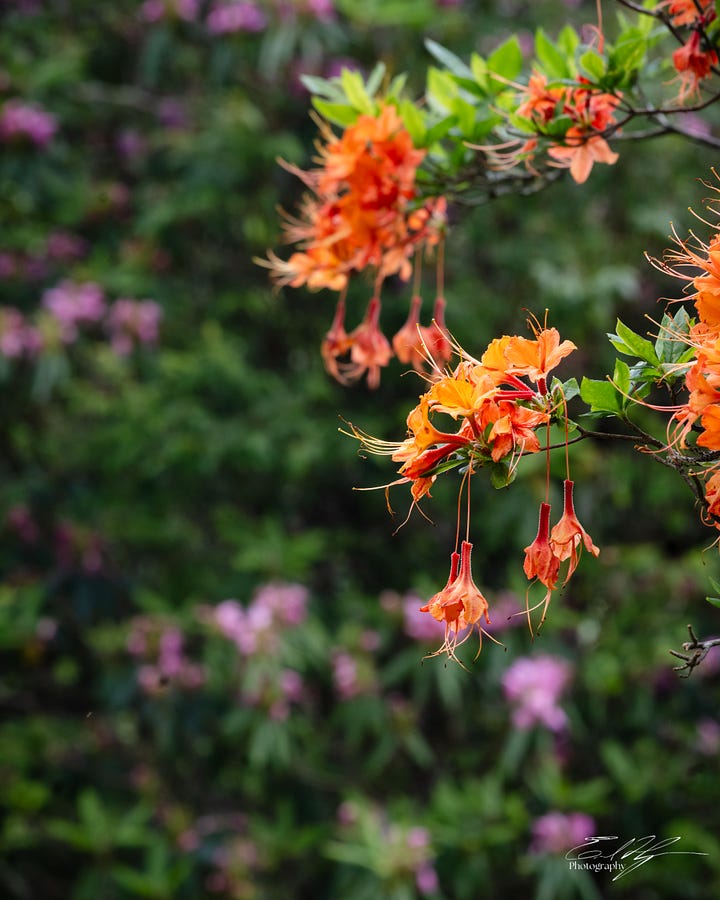
In the time I’ve spent under the trees the clouds have built overhead. Now the trees have fallen back to a distant perimeter and reveal mountain vistas sprawling into the distance. The air is quite hazy, though, and the far away peaks quickly fade into obscurity.
I wander and look, absorbing the sunlight, listening to the humming vitality of insects in the meadows. Flowers gild the greenery in every direction, but it is the simple feeling of being alive, of seeing clearly and breathing deeply, that permeates my awareness.
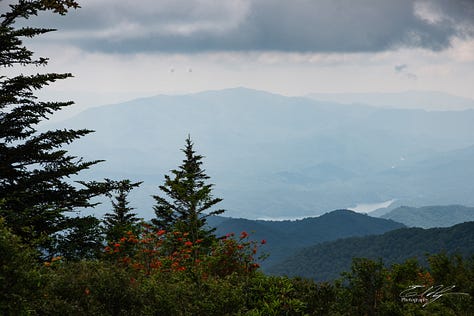

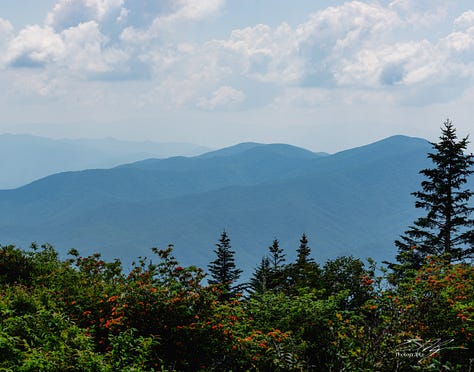
Tripod in hand, I start to consider framing and composition. Technical details of confront me, as if overlaid on the landscape. Yet, I do my best to not allow the mind to attach to any one thing. It is time for photography and I seek the meditative flow state.
Thunder groans weakly in the distance. Distant rain falls like a curtain, hiding some nearby mountains. Is it coming this way? It’s too early in the day to think of leaving. I can only sit and watch the storm’s progress.
Clouds and the thunder amplify. My work of photography continues until I realize that the storm may be coming this direction. I pack and prepare for a quick exit from the bald. Still, I’ll wait and see.
That storm is not going to hit here. The downpour sweeps the mountainous panorama before me from left to right, showering nearby ridges and peaks, but leaving this one dry. As it passes the day turns ever so slowly towards evening.
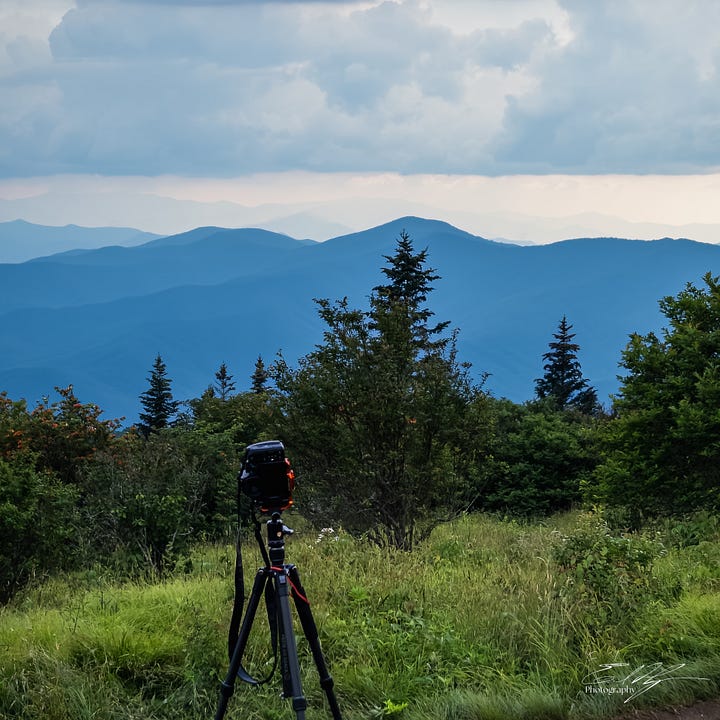

For a long stretch of time I am the only one here. I prepare and enjoy dinner and share it with the gnats and sweat bees. A lady and her son arrive, day hikers. He is the age of my own son and reminds me strongly of him. Hopefully he will come on one of the trips with me again before long.
At this point in late June the sun does not set until almost 9 pm. Directional evening light is falling across the land and I capture more photos, some same scenes as before but now in a different light.
I consider the hike to camp. How long would that hike take in the dark? It’s a much less used path. How hard will it be to follow? How hard to find and set up camp?
I gather my things and start the next stretch of trail. I have my wildflower photos. A spectacular sunset will have to wait for another day.
The trail ahead is a dim, rocky descent into a valley. Streams seep from the mountainside and, in places, flow down the middle of the trail. Ahead, a rushing creek courses through the fold of the valley.
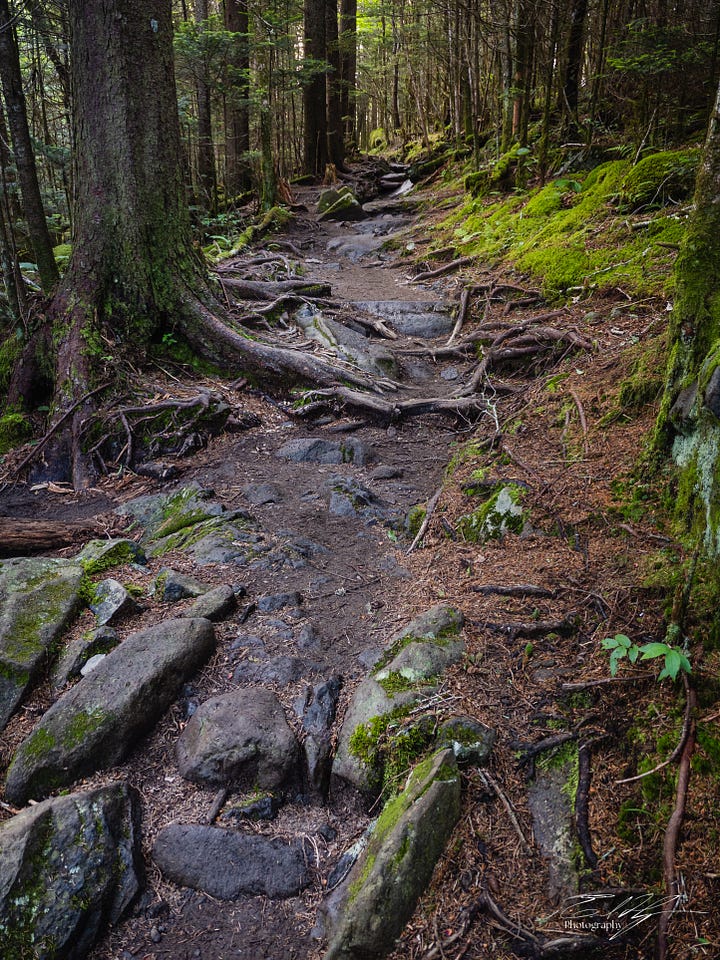
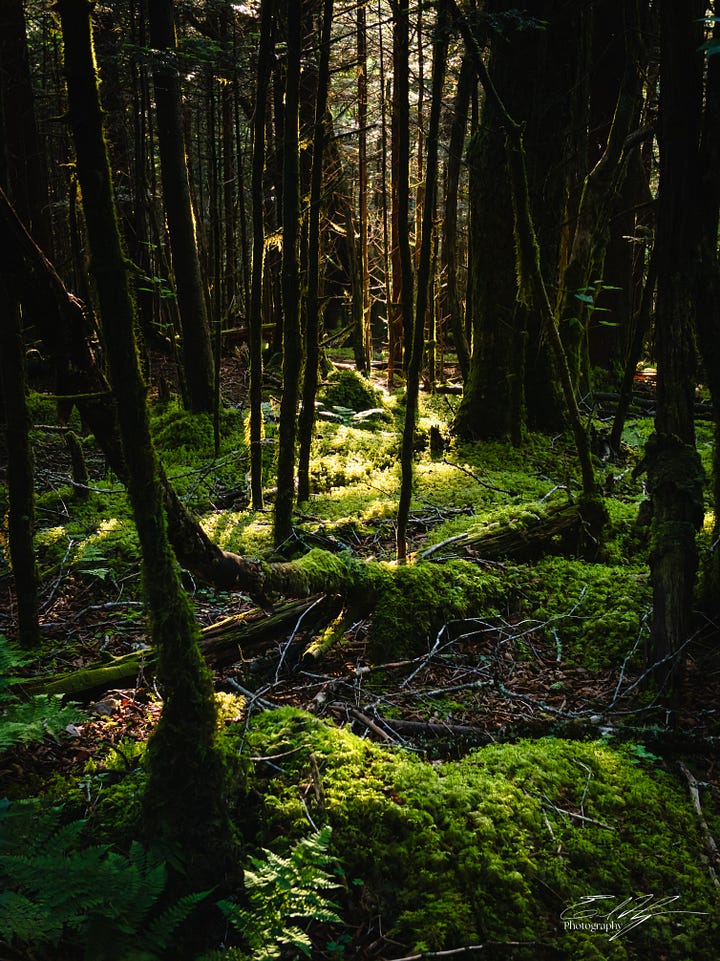
The sun has set and darkness dominates these lower elevations. From above I see the glint of a campfire dancing through the blackness of the trees. I walk into the small campsite and meet a couple from Michigan. They are the only two here, but there are few other sites to choose from. How is this campsite supposed to accommodate eight?
Somewhere there is a separate lower section of the campsite. After scouting what seems like a long way down the trail, it does not reveal itself. I return and nestle my tent between roots and a berm beside the creek.
I share the campfire with the couple and we talk for a while. We all then notice the surrounding darkness of the forest twinkling with hundreds of fireflies. I take my leave to experiment with catching them in a photograph. The photos do not turn out at all. I have much to learn.
This is the art of wildflower hunting. While I do hope my photographs capture a feeling of wonder, it is the process of being here and doing the thing that delivers self awareness and purpose.
On this journey I’ve considered lessons of the mind from the 17th century Zen monk Takuan Soho. It is quite possible, but not certain that he ever met the famous samurai Miyamoto Musashi. However, the two left behind books of wisdom with similarities not easily dismissed. So, perhaps the same truths articulated by Takuan are echoed by Musashi when he writes-
If you know the way broadly you will see it in everything.
-Miyamoto Musashi
Backpacking, photography and art, wild Nature, physical challenge, philosophy. This is The Way.
Alright, my friends! That was day 3. The azalea and rhododendron did not disappoint! How is this philosophical hatchetwork coming across? Anything from Takuan, Zen, mindfulness or no mind resonating? By the way, don’t be afraid to let me know if you think I’m off base. Sure, I wrote this, but I’m not an authority. These are my own interpretations and its a learning exercise for me, too!
If you’ve made it this far into the post it’s pretty clear that you can read. But isn’t reading a physical book so much better than reading on a computer or a device? Well, if we’re reading physical books we need a bookmark. Luckily, I have one to offer! This bookmark of a sunset on Sam Knob in the Shining Rock Wilderness is $5. That includes tax and postage to mail it to any country in the world. Purchase it via the PayPal link below.
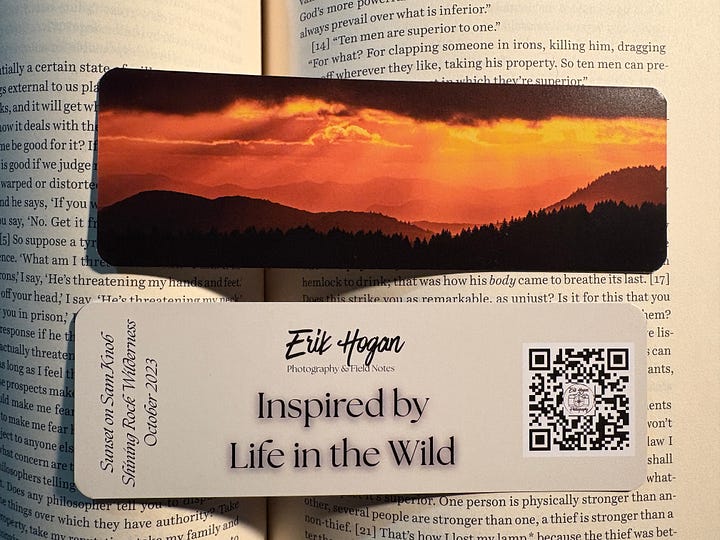

Field Notes is a value-for-value proposition. If you get value from it, please consider contributing back by sharing, subscribing, or upgrading. Also, a one time tip of any amount goes a long way. Your support goes directly towards the food, supplies, or gear necessary for the photography, writing, and adventures that I share-







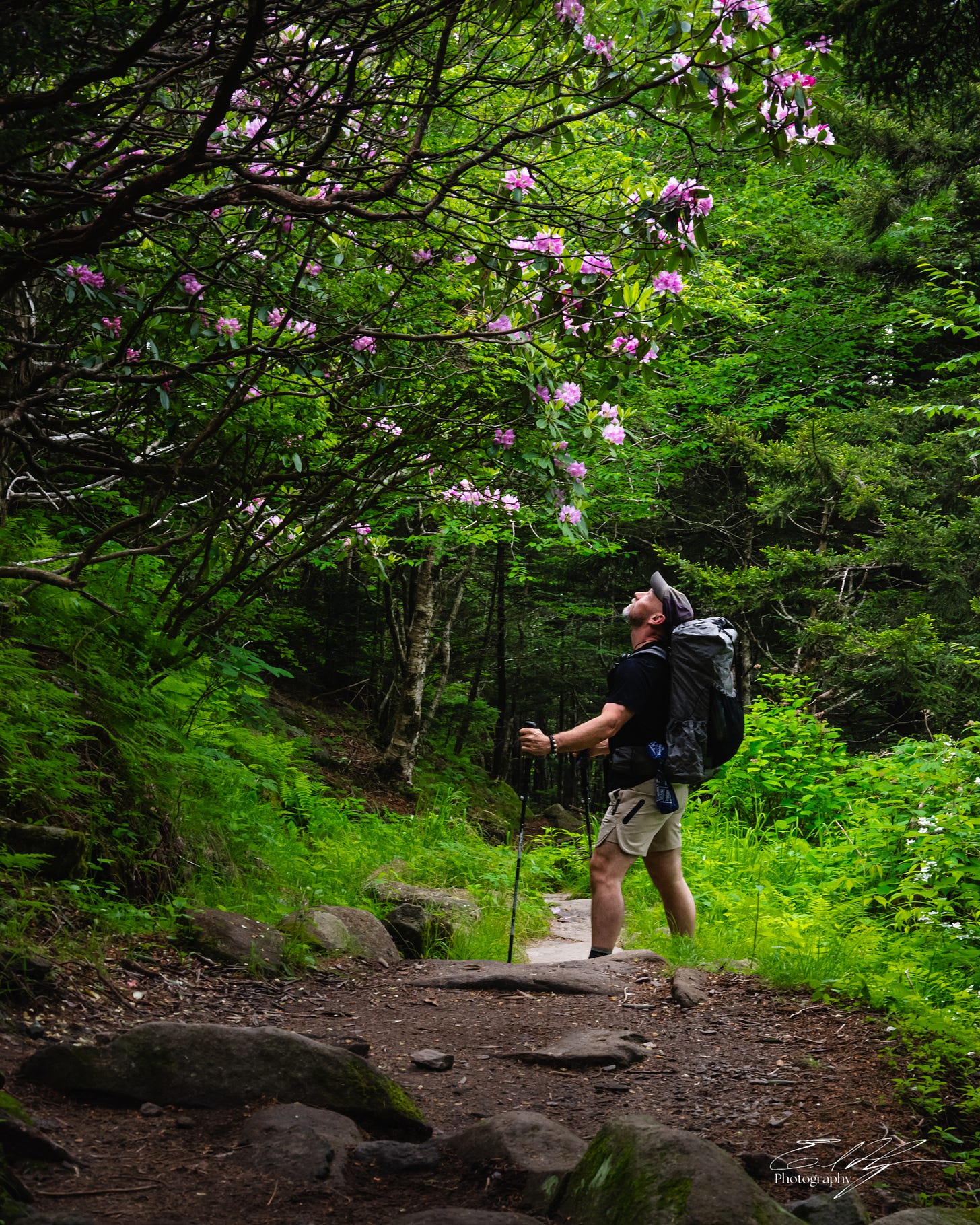
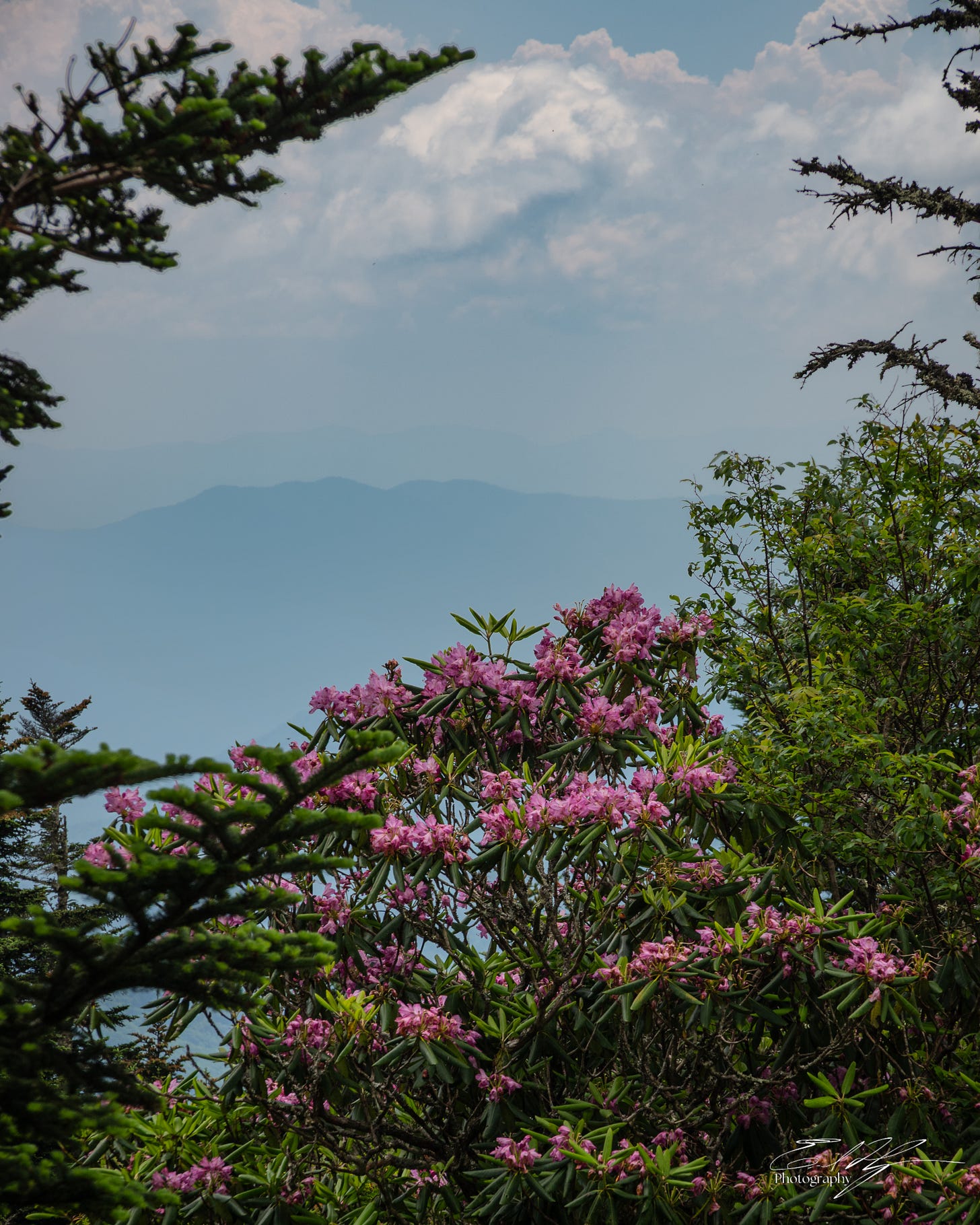

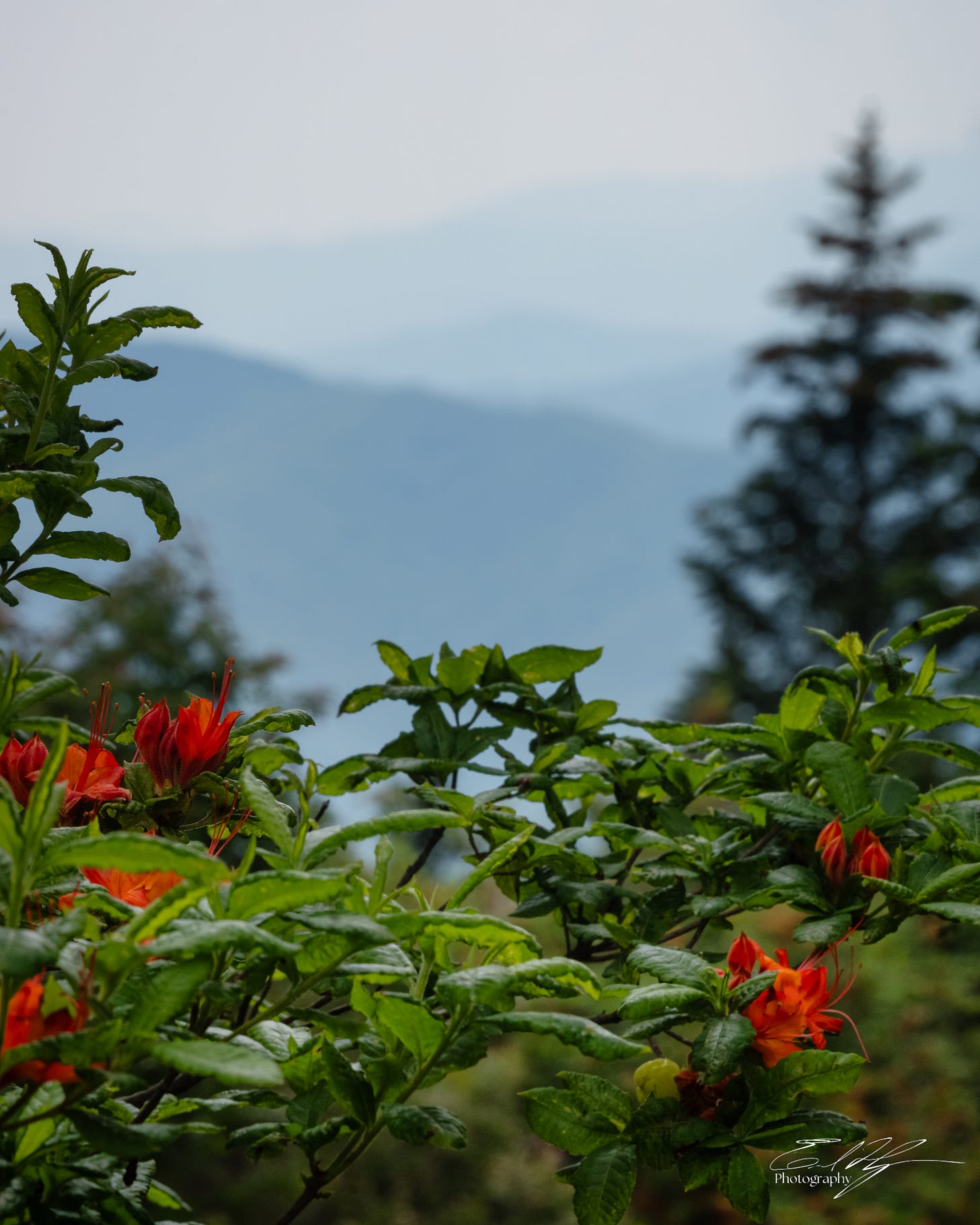
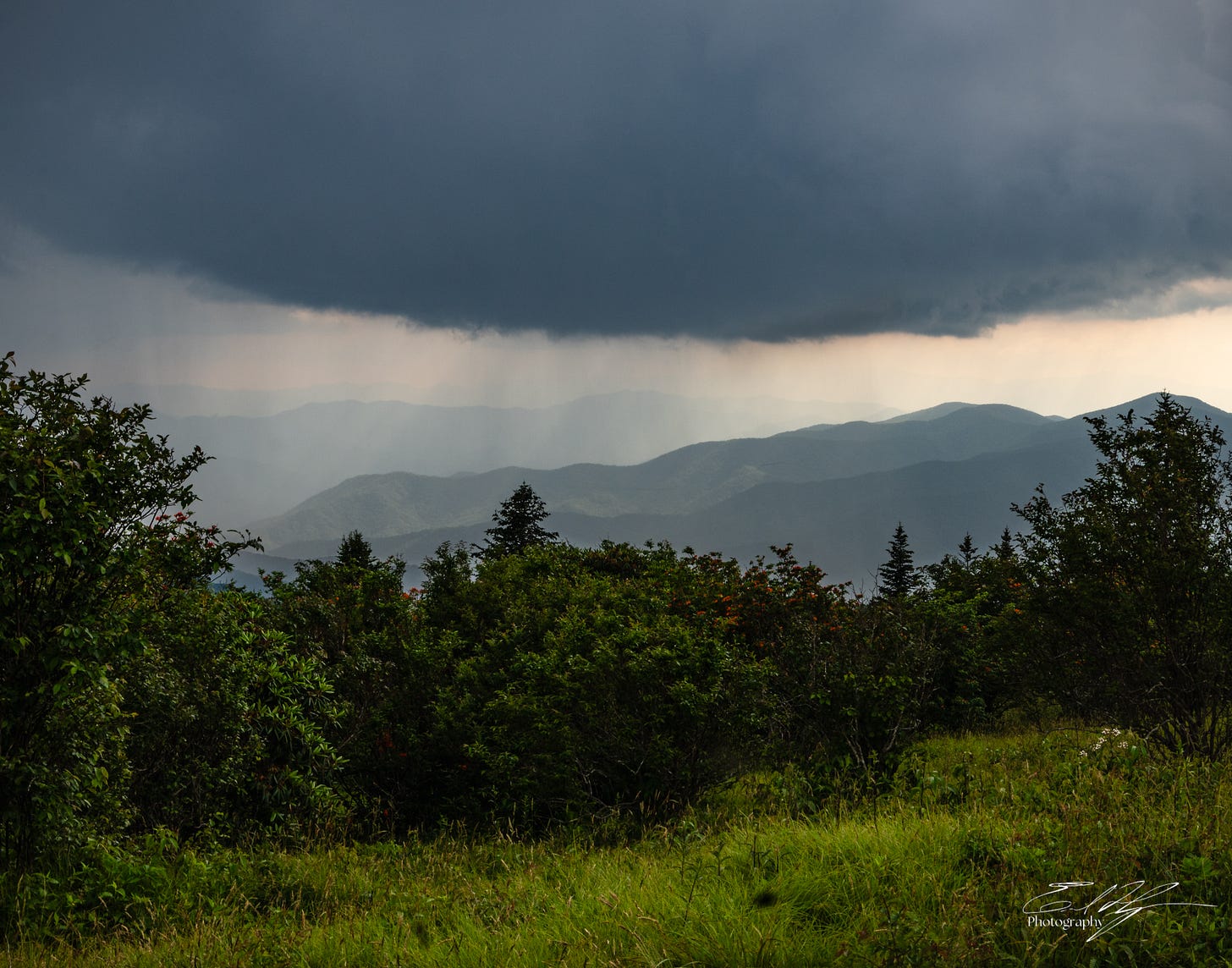
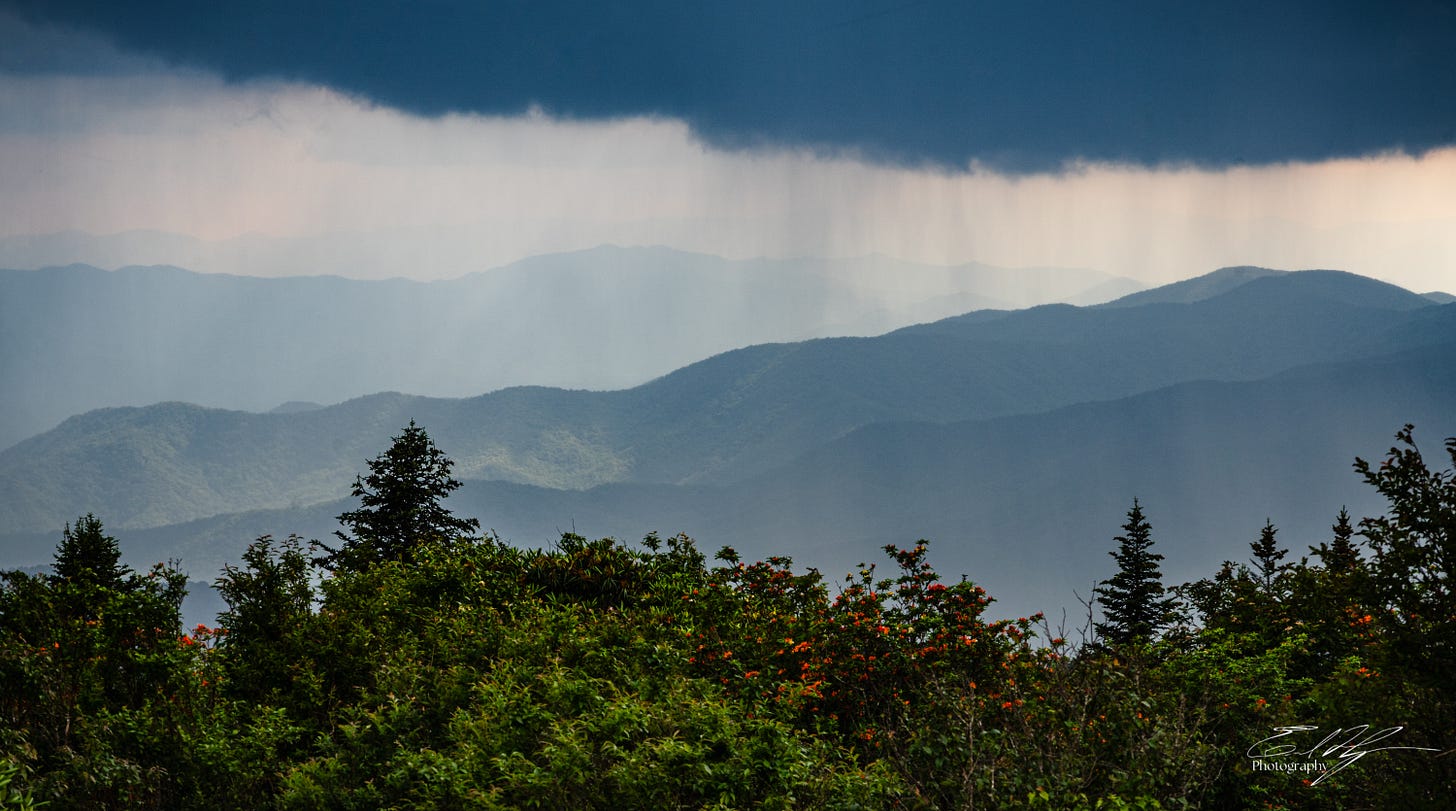
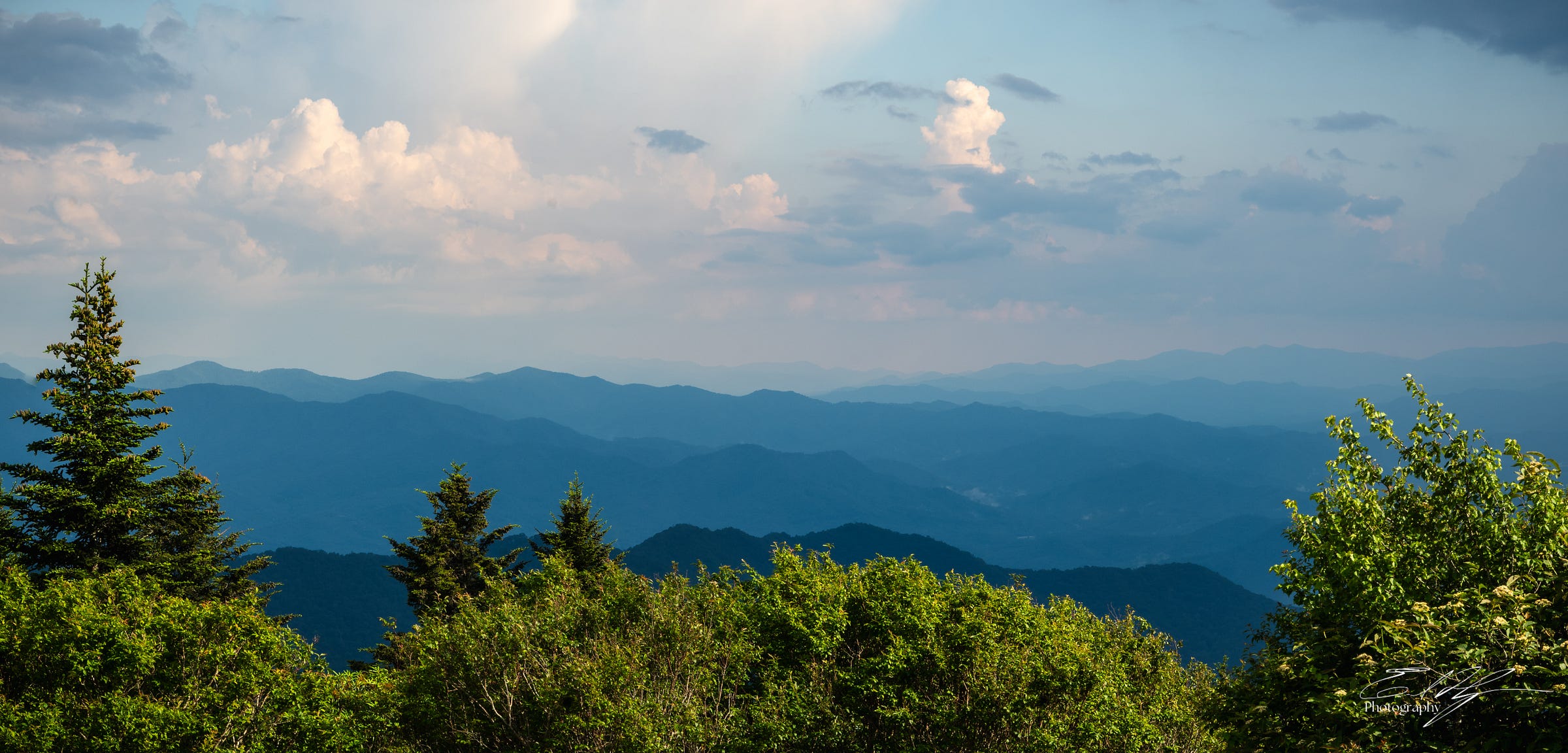





Wonderfully dramatic photos Erik! I enjoy your pondering of Japanese philosophy here too; I lived in Japan for a while and was fascinated by concepts of the way and no-mind. They are difficult concepts for westerners to unwrap, bound up in a complex history and culture but there are lessons there for us to take for sure.
Have you read The One-Straw Revolution by Masanobu Fukuoka? It's mostly about farming but there are some gems in there about no-mind, especially relating to nature connection.
I really loved the first photo in this essay. Awareness and purpose...I'll enjoy digging into your references. Timely stuff for these humid & stormy summer days.